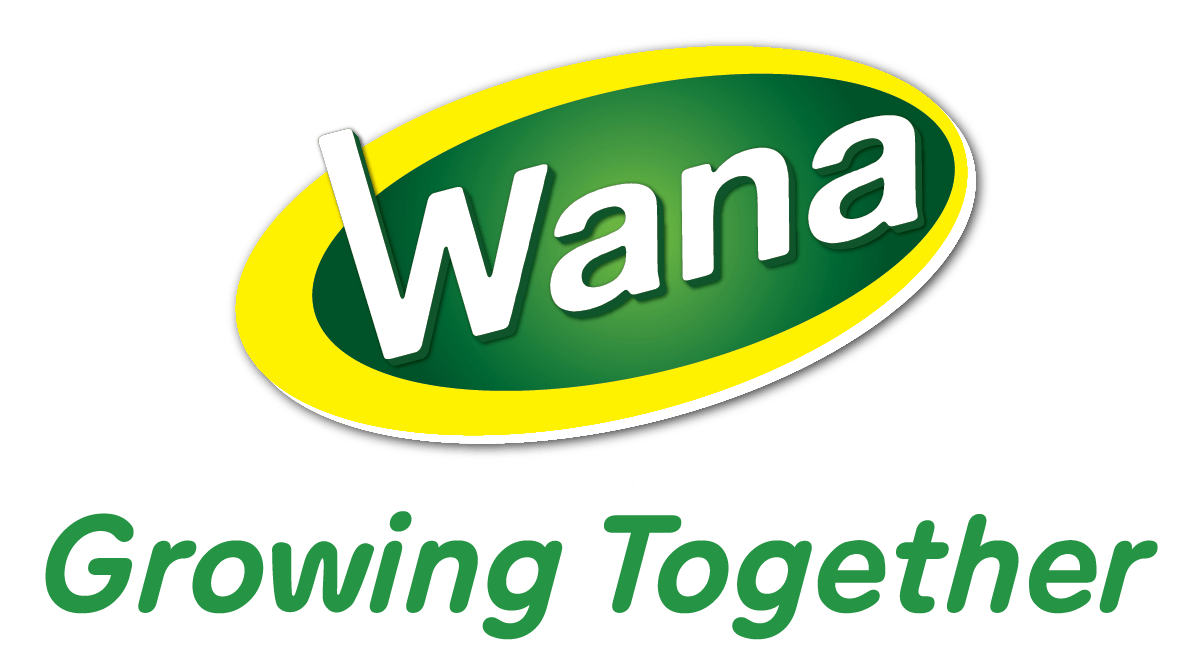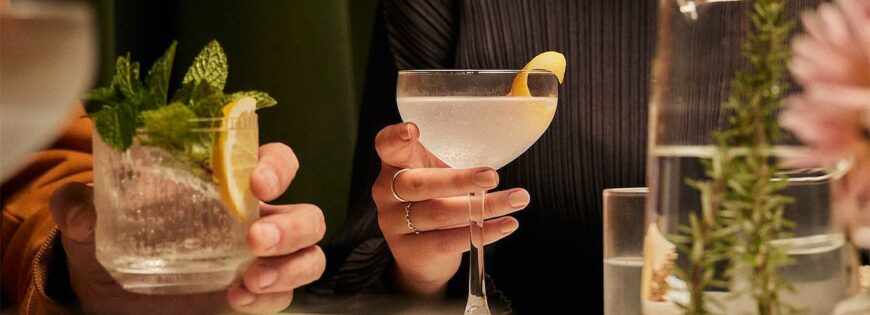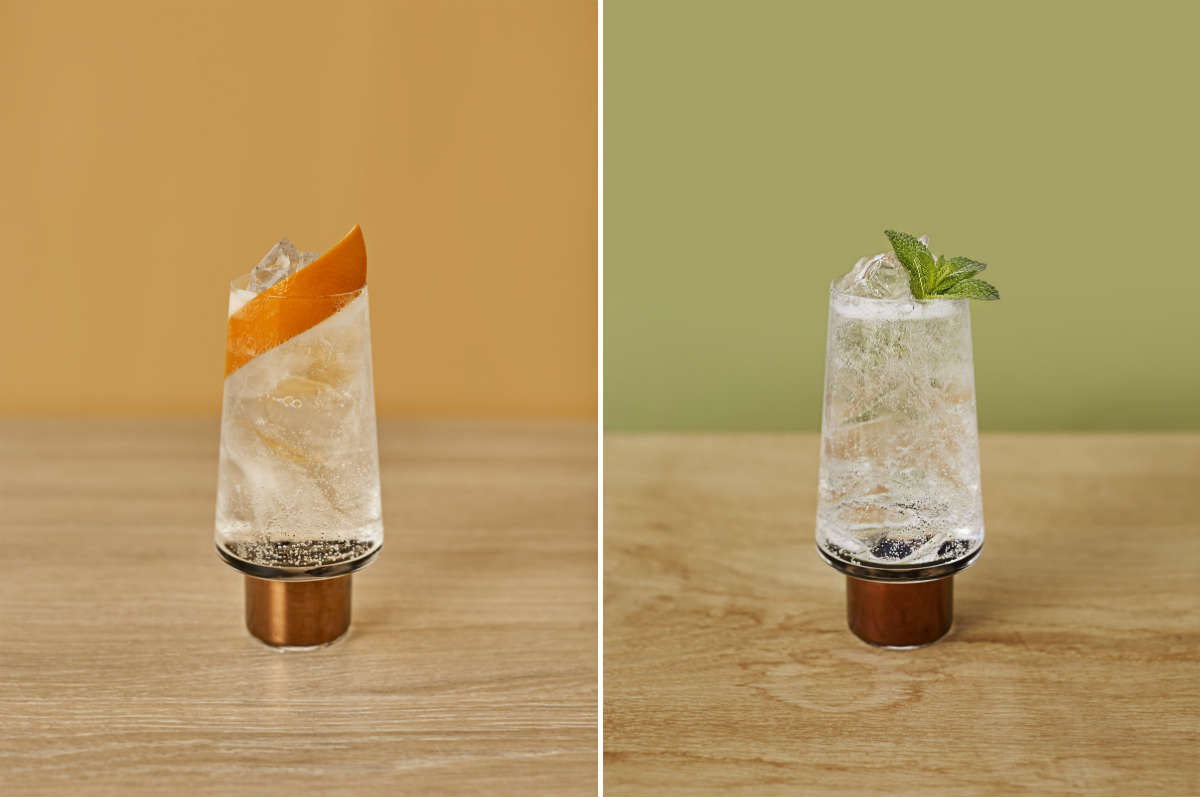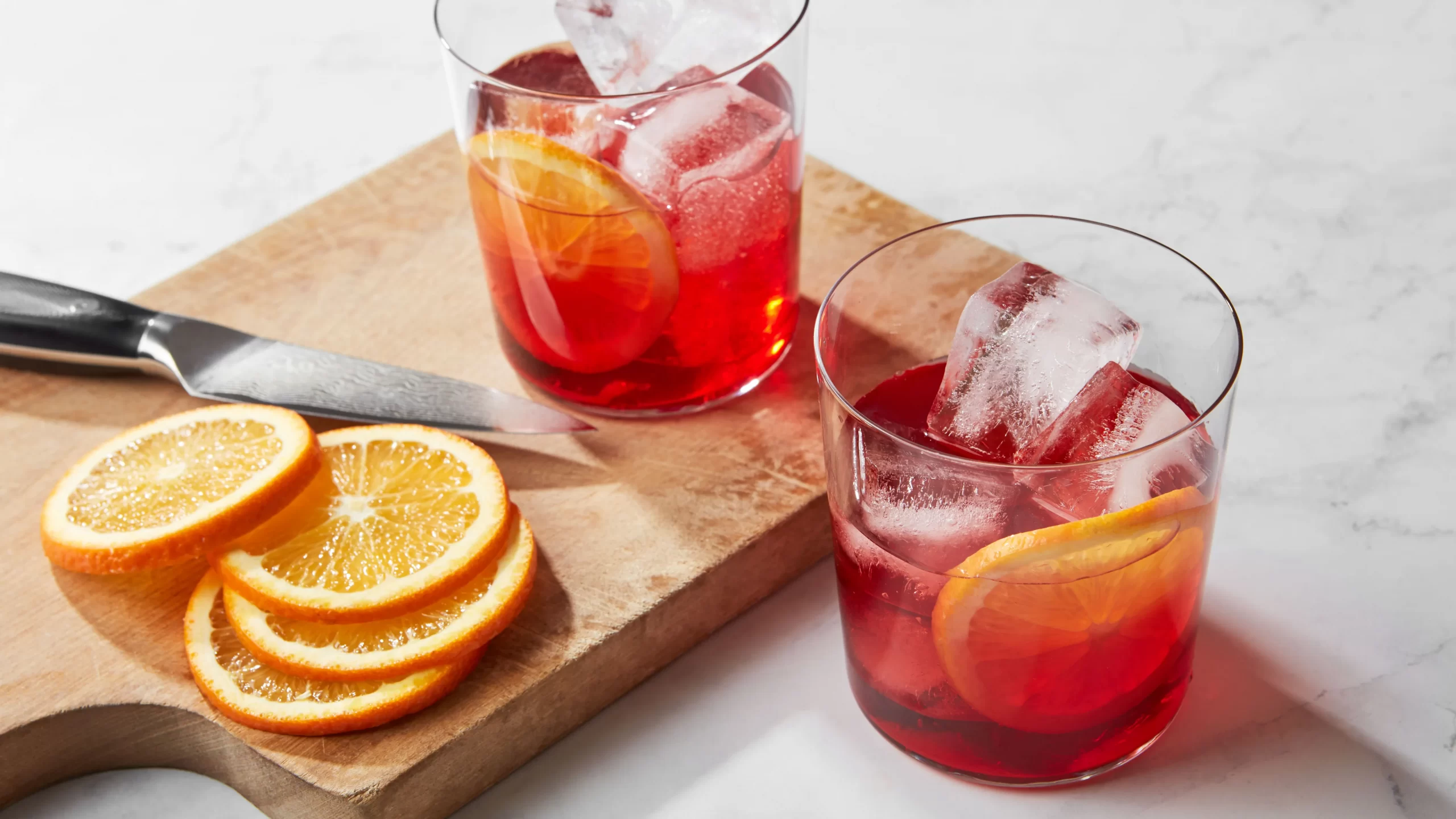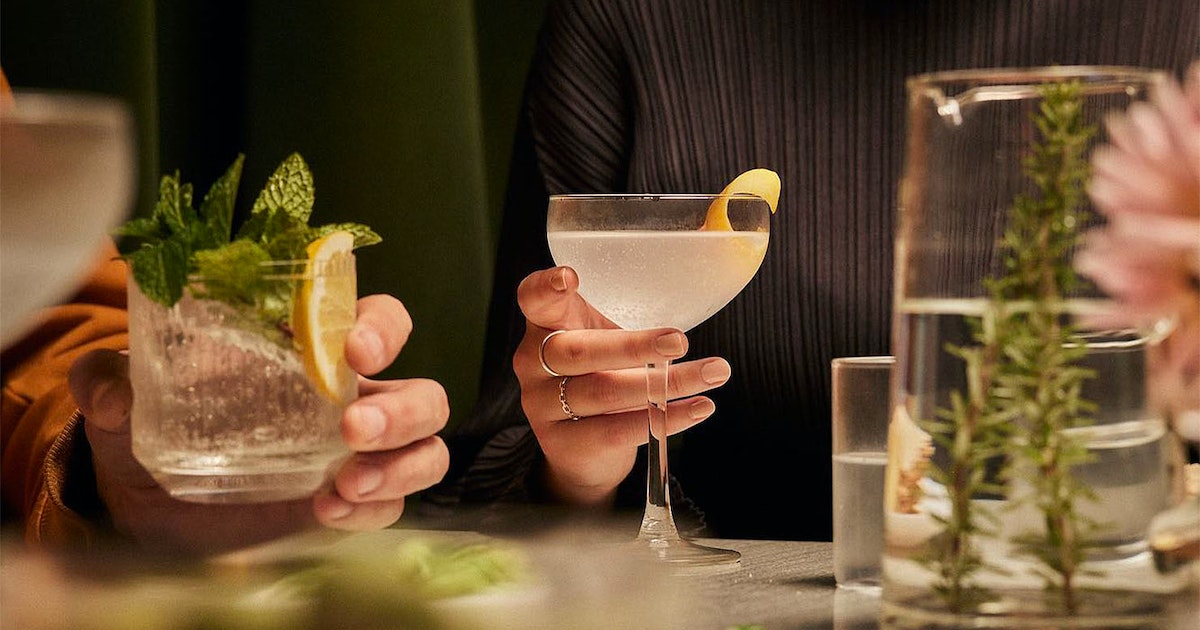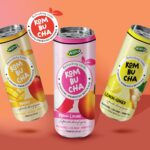,The surge in consumer interest in non-alcoholic and low-alcohol products is remarkable. As the renowned drinks market analysis company reported, the low-alcohol sector saw substantial growth of nearly 20 percent in the United States just last year. In contrast, the no-alcohol market nearly doubled that growth rate. Currently, the no- and low-alcohol category is valued at nearly $2 billion, representing a small but swiftly expanding segment that constitutes approximately one percent of the overall beverage alcohol market. Let’s discover this product with WANA Beverage – your trusted beverage supplier!
What are Zero Alcohol Drinks? Do they truly mean by their name?
Zero alcohol drinks are drinks with an alcohol by volume (ABV) content below 0.5%, which showcase the branding of well-known alcohol producers, and/or are created to mimic the taste, presentation, or general likeness of alcoholic beverages.
Zero alcohol beers and wines have been sold for decades, but companies are now claiming better flavor and quality and they have also started copying craft beers and spirits.3
Read more: Custom Private Label Juice & Their Benefits
These drinks are being sold in-store and online by existing alcohol companies as product extensions (e.g., Heineken 0.0 or Carlton Zero), or by new companies who specialise in zero alcohol drinks. They’re also available in many supermarket and grocery store chains.
Beverage Supplier Explains their remarkable growth this 2023
As per a recent projection disclosed by Fortune Business Insights, there is the potential for the global market size for zero alcohol beverages to reach a remarkable $1,257 billion by 2027. This category is witnessing robust expansion, even as sales of alcoholic beverages are on the decline. A Nielsen report sheds light on the situation, indicating that this year, retail sales of zero alcohol beverages in the United States surged by an impressive 116%, while sales of regular beers saw a decline of 4%.
From a societal perspective, this trend reflects a shift towards healthier lifestyles, with more individuals consciously reducing their alcohol consumption. It can also be viewed as a positive response to the burgeoning wellness movement. Post-pandemic, many people have gravitated towards healthier choices in their dietary and beverage selections. Excessive alcohol consumption is associated with a plethora of health concerns, and non-alcoholic beverages present an ideal way to cut back or take a hiatus without disrupting one’s routine or social interactions.
A Beverage Supplier Reveals The Manufacturing Process of Zero Alcohol Drinks
These beverages usually consist of carbonated water, sugars derived from grains that naturally yield a drink with lower fermentability and specific varieties of yeast. In the following section, we will delve deeper into the production process of non-alcoholic drinks and explore various methods employed in their creation.
Step 1: Ingredient Selection
The process begins with the careful selection of high-quality ingredients. These ingredients often include carbonated water, sugars derived from grains, fruits, or other sources, and flavorings. The choice of sugars can be critical, as it influences the sweetness and mouthfeel of the final product.
Step 2: Fermentation
Some non-alcoholic beverages are created by the fermentation of sugars using yeast, similar to alcoholic beverages. However, in non-alcoholic drinks, the fermentation process is carefully controlled to ensure that very little or no alcohol is produced. Special types of yeast or yeast strains with low alcohol-producing capabilities may be used.
Step 3: Flavor Development
The addition of flavorings is a crucial step in creating the desired taste profile. Natural flavors, botanicals, herbs, and spices are often used to mimic the flavors of alcoholic counterparts.
Step 4: Blending and Mixing
The fermented base and flavorings are blended and mixed to achieve a consistent taste and texture. The ratio of these ingredients is adjusted to achieve the desired flavor intensity.
Step 5: Carbonation
If the non-alcoholic drink is intended to be carbonated, carbon dioxide (CO2) is introduced. This can be done by carbonating the water or using carbonated water. The level of carbonation is carefully controlled to achieve the desired fizziness.
Step 6: Pasteurization or Heat Treatment
To eliminate any residual alcohol and preserve the product’s stability and shelf life, the beverage may undergo pasteurization or heat treatment. This process involves heating the liquid to a specific temperature and then rapidly cooling it. It’s an essential step to ensure that the final product is truly alcohol-free.
Step 7: Quality Control
Throughout the manufacturing process, rigorous quality control measures are implemented. These checks include taste tests, laboratory analysis, and sensory evaluations to ensure the non-alcoholic drink meets the desired quality standards.
Step 8: Packaging
Once the beverage is ready, it is filled into appropriate containers such as bottles, cans, or cartons, and sealed to maintain freshness and prevent contamination.
Why You Need to Choose Zero Alcohol Drinks Today?
Non-alcoholic beverages now match the taste
In the past, spotting the designated driver was a breeze. They were often the ones sitting in a corner, nursing a lackluster fizzy soft drink. We can sympathize with the temptation to call in sick when it was your turn to stay sober due to the limited selection of alternatives.
However, thanks to a growing demand and a dedicated group of manufacturers, locating a non-alcoholic version of your favorite drink is no longer a challenging task. The top non-alcoholic beverages not only look but also taste just like their alcoholic counterparts, all without the unpleasant side effects. This is why many connoisseurs of alcoholic beverages are embracing a change and giving non-alcoholic options a genuine try.
Non-alcoholic beverages are low-calorie
If you’re on a mission to shed a few pounds or enhance your fitness game, the math is clear: alcoholic drinks tend to pack a more significant caloric punch, which doesn’t align with your goals of maintaining a trim waistline or hitting those gym milestones.
However, by making the switch from carb-heavy beer to a flavorful non-alcoholic alternative, those jeans you’ve been holding onto might suddenly fit again. Non-alcoholic beers, for instance, can boast up to an impressive 80% fewer calories when compared to their full-strength counterparts.
Non-alcoholic beverages can make you sobber
It might sound like a given, but it’s worth emphasizing that non-alcoholic drinks won’t lead to intoxication. To be precise, all the non-alcoholic beverages we offer contain less than 0.5% ABV (Alcohol by Volume). To put things in perspective, some overripe bananas can have higher alcohol content than what you’ll find in our drinks!
Research indicates that non-alcoholic drinks can trigger a placebo effect, making it more manageable to cut back on alcohol. This provides the sensation of partaking in a timeless ritual without the haze of alcohol-induced vision.
Read more: The Beverage Supplier for Ready-to-Drink Coffee
Conclusion
In conclusion, the zero-alcohol drinks trend is more than just a fleeting phenomenon. It’s a reflection of evolving consumer preferences and a growing demand for healthier, more mindful beverage options. As we’ve explored in this blog, the rise of zero alcohol beverages has been driven by a desire for great taste without the effects of alcohol, a focus on well-being, and the convenience of inclusive social experiences.
At WANA Beverage, we are dedicated to staying at the forefront of this exciting trend. That brings you the finest zero-alcohol drinks that deliver on flavor, quality, and variety. We understand that consumers are seeking alternatives that align with their values and lifestyles. So we are committed to providing an extensive range of non-alcoholic options that cater to diverse tastes and preferences.
Join us in embracing the zero-alcohol drinks movement, and discover how WANA Beverage can be your trusted partner in this journey towards healthier, tastier, and more inclusive beverage experiences. Cheers to a future where everyone can raise a glass, regardless of their alcohol choice!

